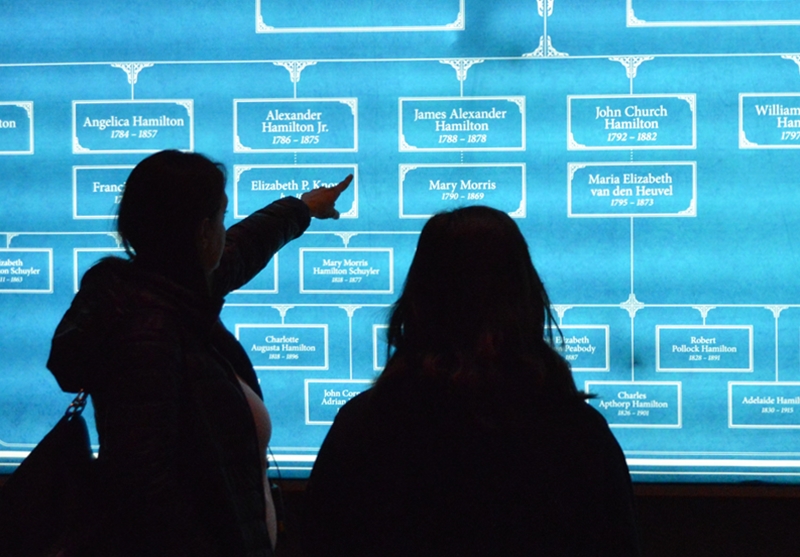News & Notes
“Ways of Knowing”: Reflections from the Visitor Studies Association conference
I recently had the pleasure of joining fellow researchers and evaluators at the annual Visitor Studies Association (VSA) conference in Detroit. The theme of this year’s convening was “Ways of Knowing,” and it really felt like the underlying purpose of much of the discourse was not just to present the different ways we know what we know (or think we do), but to interrogate the assumptions behind any standard or accepted ways of knowing. As a first-time conference attendee, I was impressed by how openly this community embraces the unknown and the limits of research and evaluation—and not in a defeatist way, by any means, but in a more humble manner that acknowledges the interpretive work of research methodology and the potential impacts this work has on those who are most often the subjects of this research (i.e. audiences and communities). The opening keynote speaker, Katrina Bledsoe, PhD, set the tone nicely and provocatively. She approaches her work with the dual questions of “Who is this research for?” and “Who is this research making happy?” In her estimation, if the answer to either of those questions is “the client” or “the institution” and not “the community,” then something is wrong. If the client is not made even slightly uncomfortable by the process or the findings, then she doesn’t feel like she’s doing her job well as a researcher/evaluator. I found this stance both intriguing and brave—a clear statement that even though the client might be paying for the research, its results must ultimately be used to benefit the communities the institution serves. She also made one of my favorite statements of the conference: “If we’re not here to love and serve one another, then why are we here?” It was refreshing, and inspirational, to hear about research spoken of as such an active contributor to the mission of service that most museums embrace.
The emphasis on communities—that is, people who have connective cultural threads and shared values—was a conference through line, especially through the lens of equity, diversity, and inclusion (EDI). I found myself drawn to sessions that explored this lens explicitly, both for personal interest and education, and because EDI is so much a part of the work that we’re doing as a firm and with our cultural partners. It was heartening to be a part of so many conversations—some difficult or even uncomfortable (a good thing, as per Dr. Bledsoe)—in which we as researchers grappled with our roles in the power dynamics that exist between institutions and their audiences (or potential audiences). The closing keynote speaker, Porchia Moore, PhD, talked about making museum visits not just enticing but irresistible for all types of visitors. That starts, in her understanding, by clearly communicating to visitors that they are not just welcomed as guests but valued as people and contributors to the institution’s own community—the one it both nurtures and is nurtured by. This is not always apparent for visitors, though. As Dr. Moore put it, “The artifacts [in a museum] cannot have more value than the people who live across the street or down the road.”
In all, it was a great conference, and I really enjoyed my time in thriving downtown Detroit. I also got to visit the incredible Detroit Institute of Arts, with its stunning Rivera murals and comprehensive—and diverse—collection of American artists. If you were at VSA this year or have any thoughts about the above, I’d love to hear from you!

